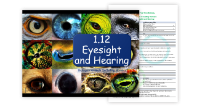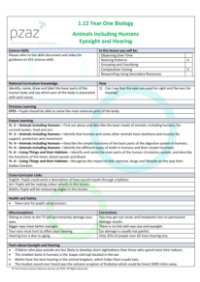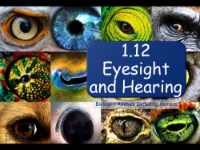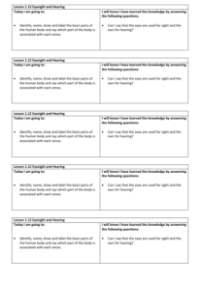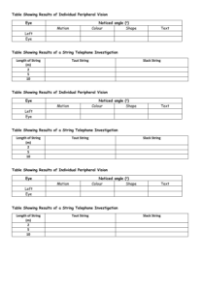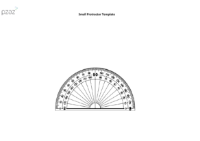Eyesight and Hearing - Teacher Explanation

Science Resource Description
In this engaging Year 1 lesson on 'Eyesight and Hearing' from the 'Animals, Including Humans' unit, pupils will dive into the fascinating world of the human senses. The National Curriculum sets out clear objectives for students to be able to identify, name, draw, label the basic parts of the human body, and associate each part with its corresponding sense. This particular session zeroes in on the eyes and ears, the organs responsible for sight and hearing respectively. To bring these concepts to life, the lesson includes a series of hands-on experiments that explore how these senses work, such as investigating peripheral vision using simple materials like post-it notes, a protractor template, and coloured pens. These activities not only solidify the students' understanding but also make learning an interactive and enjoyable experience.
The lesson continues with a creative science-infused art project where students make Newton's colour wheel using paper plates, pens, and a few other common classroom items. This task cleverly blends artistic expression with scientific exploration, demonstrating how colours can merge to create white light when spun rapidly. Additionally, the lesson delves into optical illusions and hearing tests, using online resources to illustrate how perceptions can vary among individuals. Pupils also conduct an experiment with balloons to test hearing acuity and make a simple telephone using cups and string to understand how sound travels. Through these varied and stimulating activities, students not only learn about the senses of sight and hearing but also get to explore the scientific principles behind them in a practical and memorable way.

